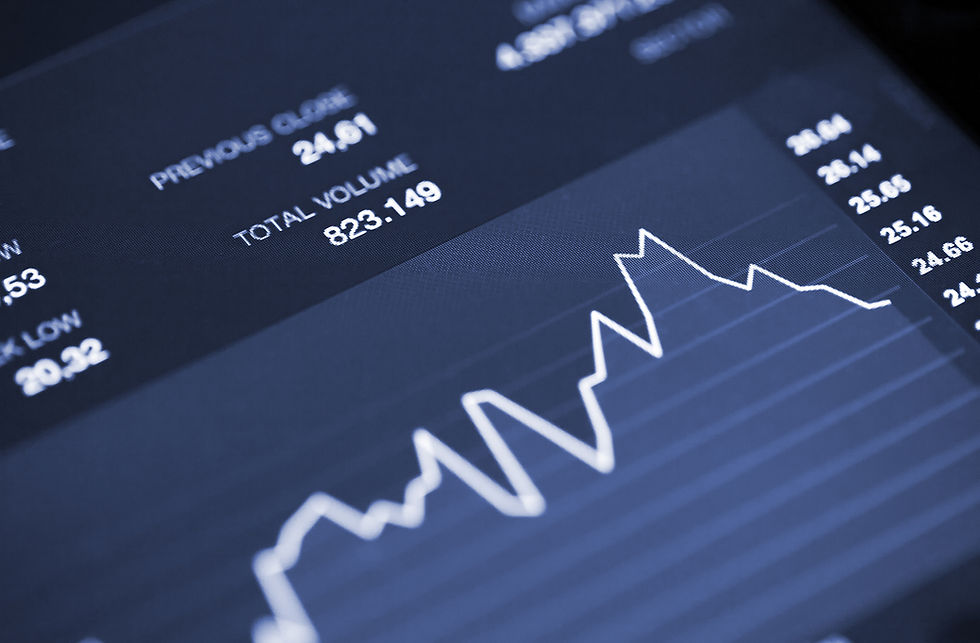Food waste panels generating energy from sun's UV rays and more eco-innovations to watch for in 2021
- Agnes Sopel

- Aug 5, 2021
- 3 min read

Eco-efficiency is seen as strategic goal, whereas eco-innovation is the means by which the goal is pursued. In order to produce more eco-efficient economies, businesses, processes and products we have to find new innovate ways of doing things.
Eco-innovation can be applied in different areas of economic activity:
* Product eco-innovation - this are the product enhancements, adjustments and improvements towards the direction of achieving "green" financial product or services supporting the products.
* Process eco-innovation - the goal is to pursue a manufacturing process, for example, that use less energy, waste, water.
* Organisational eco-innovation - this includes range of management activities, for example, implementation of environmental management system or seeking for industrial partnerships that support the eco-efficiency goals of an organisation.
* Marketing eco-innovation - this involves marketing activities that persuade the customer to buy it. Businesses can e creative and innovate within the process. This also involves trying to educate and persuade customers to use more sustainable products.
* System eco-innovation - this activities look at the product from their life cycle and its function
* Social eco-innovation - this involves activities involved with our lifestyles. Any of the innovations above may influence social innovation, and can create new type of (more sustainable) society.

Businesses innovate with new enhanced products. That generally involves looking at the materials used, energy-efficiency of the products, easy to dismantle and re-use or recycle. The idea behind it is to come up with anew product which delivers the same performance, but gains eco-efficiency and reduces environmental impact throughout its lifecycle.
"Green" whisky?
One of very successful examples of sustainability efforts and eco-innovation is Scotch Whisky Association. On the 23rd July 2021 Scotch Whisky welcomed MPs and MSPs to showcase the industry's sustainability efforts. First implemented environmental strategy in 2009 reduced greenhouse emissions by third, improved water efficiency by 22% and made 75% reduction in waste! (Source: " Scotch Whisky Association, 100 Days until COP26, Scotch Whisky Sites Showcase Sustainable Scotch)

The organisation developed new sustainability strategy to go even further with new eco-efficiency targets and performance indicators. The focus is on water efficiency, packaging recycle and reuse as efforts in terms of conservation of land.
Although business is proud of the progress already made, there is still much more to do. This time, the industry want to go further and faster. The ambition to tackle the climate change is fantastic. It is also a great example of organisational eco-innovation, improvements to waste management and process inputs.
Multi-use passes

A great example of system and social-innovation would be Brussel's MOBIB cards that provide single means of access for public transport. To provide an easy and efficient alternative to use cars around cities, some introduced join up cards to use metro, trams, busses and bicycles. Discounts are also applied for using bicycles and car-sharing. This is a great re-use example of existing facilities.
Blade-less wind turbines

The sustainability sector is a hub for innovate products and technological developments.
Spanish organisation Vortex Bladeless has designed a turbine that harnesses wind energy without blades! It can generate electricity from vibrations. They are planned to be used in urban and residential areas where space is limited. They also work well with solar panels which produce electricity. The noice of the turbine seem undetectable by humans and the operating and maintenance costs are minimal.
Boiler powered by microwave
The gas boilers in UK homes could be replaced with the use of heat pumps. The new boiler uses electricity to heat water, which is pumped in existing radiators and provides hot water for shower and baths. The product is similar size as the gas boiler and would cost around the same, but it is claimed to be over 80% more efficient in converting electricity into hot water and completely compatible with existing home systems. The prototype is currently undergoing testing and and home trials are expected as early as next year!
Power from hills?

Yes, thousands of hills across the UK could be used to generate renewable energy. This is planned to achieve by underground hydropower systems. The idea is to adopt hydropower energy storage which can store and release electricity from slopes. It uses a special fluid to create electricity from slopes.
Food waste solar panels

Clean energy from UV light can be generated by converting waste crops into cladding. Traditional solar panels rely on the visible light but the material from waste can harness power from sun's uv rays. Because these rays pass through clouds, these can even work on more overcast days. The materials can also reapplied to the windows and able to capture UV rays from nearby buildings. This way the energy generated is maximised. The martial uses particles from food waste. This not only help to re-use waste by also support farmers who are being affected by severe weather events.



Comments